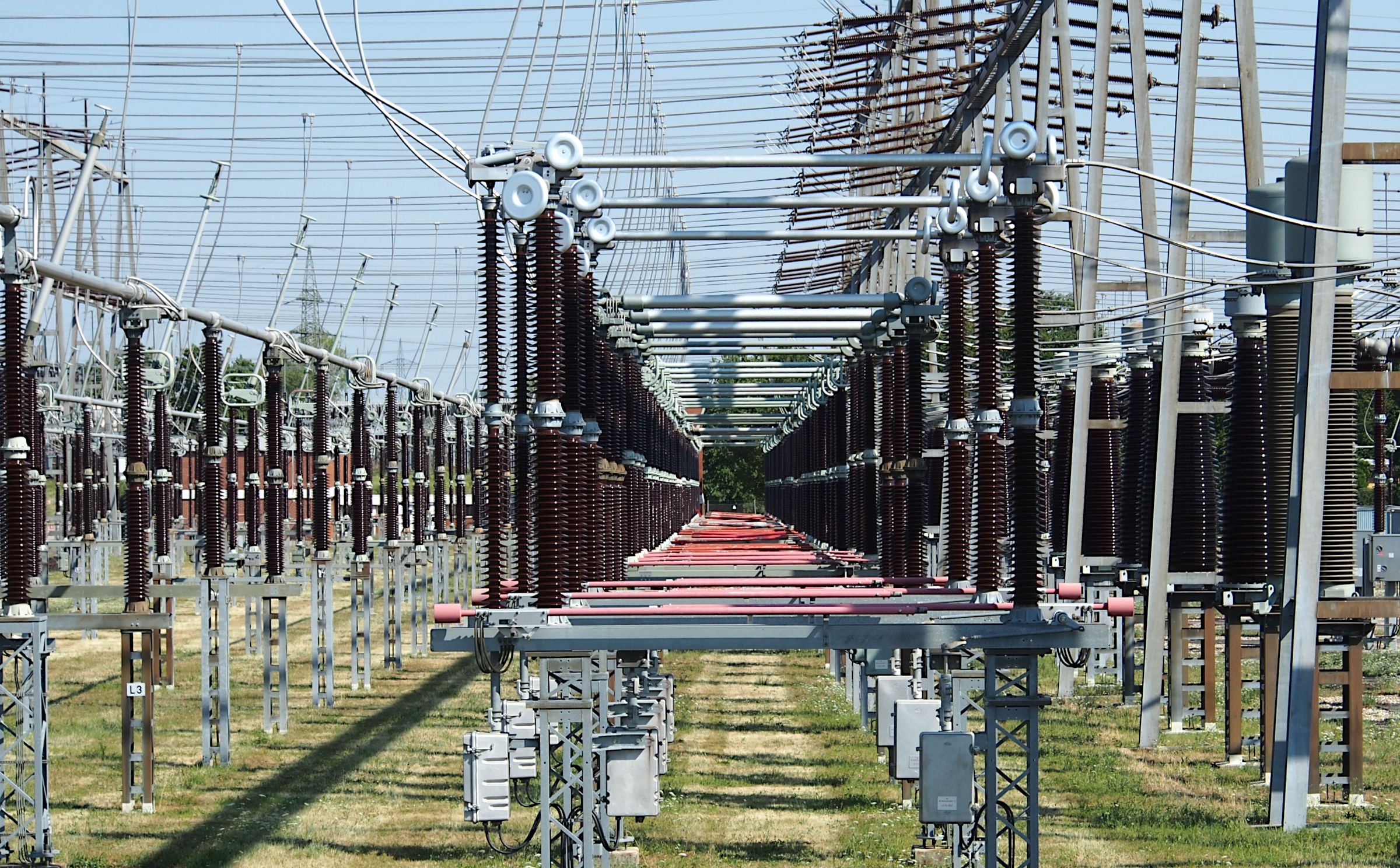SMART CONTRACT ENGINEERING AND SOFTWARE DEVELOPMENT PRACTICES FOR SECURE FINTECH BLOCKCHAIN SYSTEM
Keywords:
Blockchain, Fintech, Smart Contracts, Software Development, Security, TOE Framework, SSDLC, Cyber Risk, PLS-SEMAbstract
This research explores how proper application of smart contract engineering together with software development methods promotes secure blockchain deployment within FinTech systems. The fast financial sector digitalization has issued smart contracts as crucial automation instruments while wrong smart contract development leads to scalability troubles and security risks. The research depends on Secure Software Development Life Cycle (SSDLC) and Technology Organization–Environment (TOE) frameworks to use Partial Least Squares Structural Equation Modeling (PLS-SEM) in its quantitative explanatory analysis of security and scalability and FinTech cyber risks in Pakistan's software development sector. The success rates of blockchain systems are primarily driven by software development practices (β = 0.75) and technology department capability levels (β = 0.40) and security and scalability affect outcomes as they build maturity within blockchain architecture. The model demonstrated acceptable fit statistics (SRMR=0.09) together with FinTech blockchain explainability rate at 0.66. Through this research the authors develop innovative findings by connecting secure engineering standards to institutional preparedness which demonstrates the necessity of building resilient scalable smart contract networks. Research needs to investigate behavioral variables and examine the model across different geographic regions to boost its applicability
















